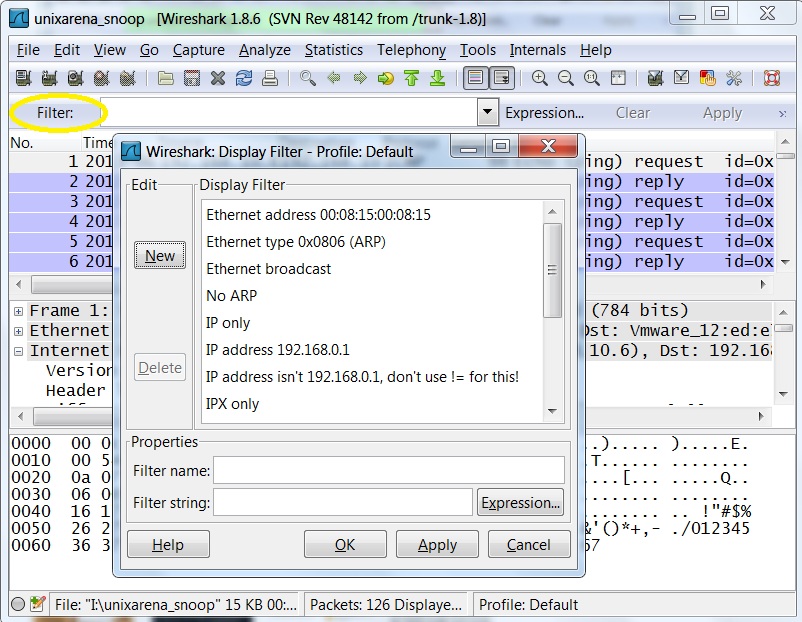


More precisely, on Ethernet and on FDDI without source routing, i.e.If set to 1, this generally indicates that MAC addresses in the frame are in non-canonical format for Ethernet (bits Big Endian), i.e.Usually 0 (canonical format, bytes Big Endian, bits Little Endian).Priority: the user's priority of this packet (ranges from 0 to 7).The VLAN tag itself will look like this (length in bits): Priority Please note, that the maximum user data length is still 1500, so VLAN packets will have a maximum of 1518 bytes (which is 4 bytes longer than usual Ethernet packets). The green fields have the same meaning as in a usual Ethernet packet, the VLAN Ethernet Type is 0x8100. However, a VLAN packet on an Ethernet will typically look like this: Destination MAC address There are several different packet formats defined see the standard for details. See CaptureSetup/VLAN for various details how to capture VLAN traffic. VLAN's are "working together" with several IEEE 802 technologies (Ethernet, WLAN, Token Ring, …). VLAN is specified by the IEEE in the IEEE 802.1Q standard. After that, the switch will forward incoming VLAN tagged packets (see below) only to the network devices which are in the specific VLAN.

Then he will attach each port on each participating (Ethernet) switch with one or several of these ID's. This way, the network traffic of a VLAN group is only visible to the network devices which are members of this group.Ī specific VLAN (group) is distinguished by a unique 12 bit VLAN ID.Ī network administrator will have to logically group the network devices together and provide a unique VLAN ID for each of these groups. A Virtual Bridged Local Area Network is used to logically group network devices together, which share the same physical network.


 0 kommentar(er)
0 kommentar(er)
